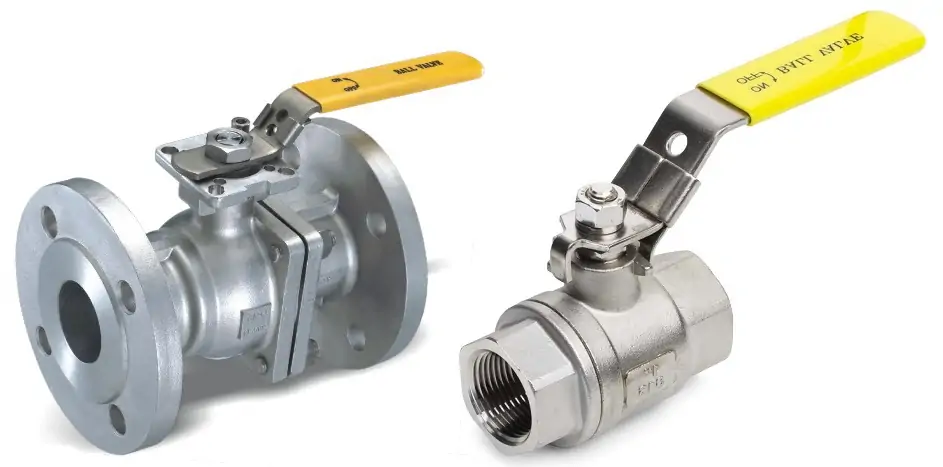Ball Valves


When customizing flange-type ball valves to meet specific client requirements, several factors can be considered:
1. Material Specifications:
Stainless Steel: Options include grades like 304, 316, and others depending on corrosion resistance and strength needs.
Carbon Steel: Suitable for high-pressure applications where weight and cost are considerations.
Brass or Alloy Steel: Used in specific applications based on fluid compatibility and environmental conditions.
2. Size and Dimensions:
Diameter: Options available from 1 inch to 24 inches or more, based on the flow requirements.
Flange Standards: Customized to fit different flange standards (e.g., ANSI, DIN, JIS) based on client piping systems.
Thickness: Custom thicknesses may be requested for the valve body and flanges.
3. Pressure Ratings:
Valves can be manufactured to specific pressure ratings (e.g., 150#, 300#, 600#, or up to 3000#), tailored to client application requirements.
4. End Connections:
Options for welded, threaded, or flanged connections depending on installation preferences and piping system design.
5. Operating Mechanism:
Manual lever handles or gear-operated mechanisms for larger valves.
Electric or pneumatic actuators for remote operation can be included.
6. Special Features:
Fire-safe design: For applications in the oil and gas industry, providing safety in case of fire.
Anti-static features: To prevent electrostatic discharge in flammable environments.
Extended stems: For installations in confined spaces or for ease of operation.
7. Testing and Certification:
Customized testing protocols (e.g., hydrostatic, pneumatic) and certification per relevant standards (e.g., ISO, API, ASME).
8. Coatings and Finishes:
Options for protective coatings (e.g., epoxy, PTFE) to enhance corrosion resistance and extend service life.
9. Documentation:
Detailed technical data sheets, material certificates, and inspection reports tailored to client specifications.
QUALITY
Supplying High-Quality Plates, Wire Mesh, perforated Sheets, Coils, All types of Flanges, Round Bars, Fasteners, Vales, Strainers etc.
Contact us
Request a quote
✉️ Email:
admin@mw-enterprises.com
abdulwahab.ansari@mw-enterprises.com
📞 Phone: +91 90281 70158
MW Enterprises © 2024. All rights reserved. Developed by Seofy.in
Our sales & supply are in below countries:
Saudi Arabia, Qatar, Oman, Kuwait, United Arab Emirates (UAE), Dubai, Bahrain, Italy, Indonesia, Malaysia, Jordan, Sri Lanka, Vietnam, South Africa
Abdul Wahab Ansari
MW Enterprises General Trading Company
